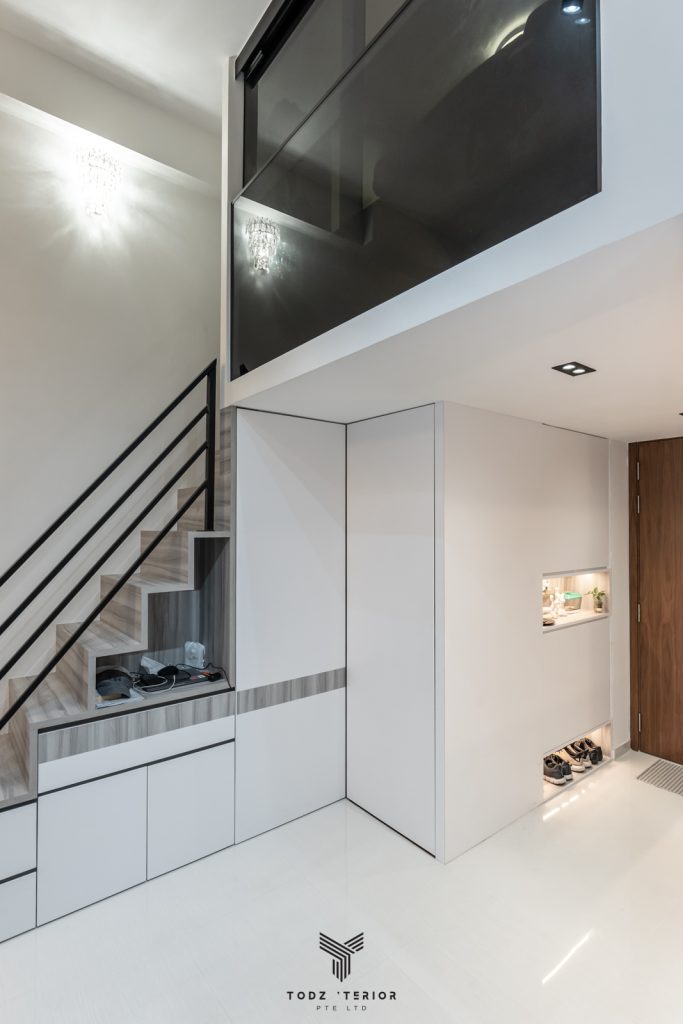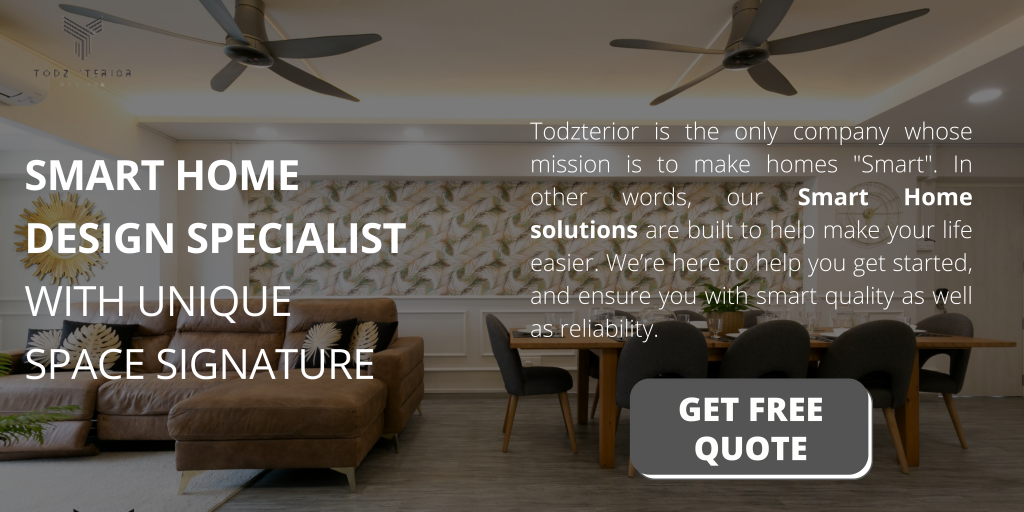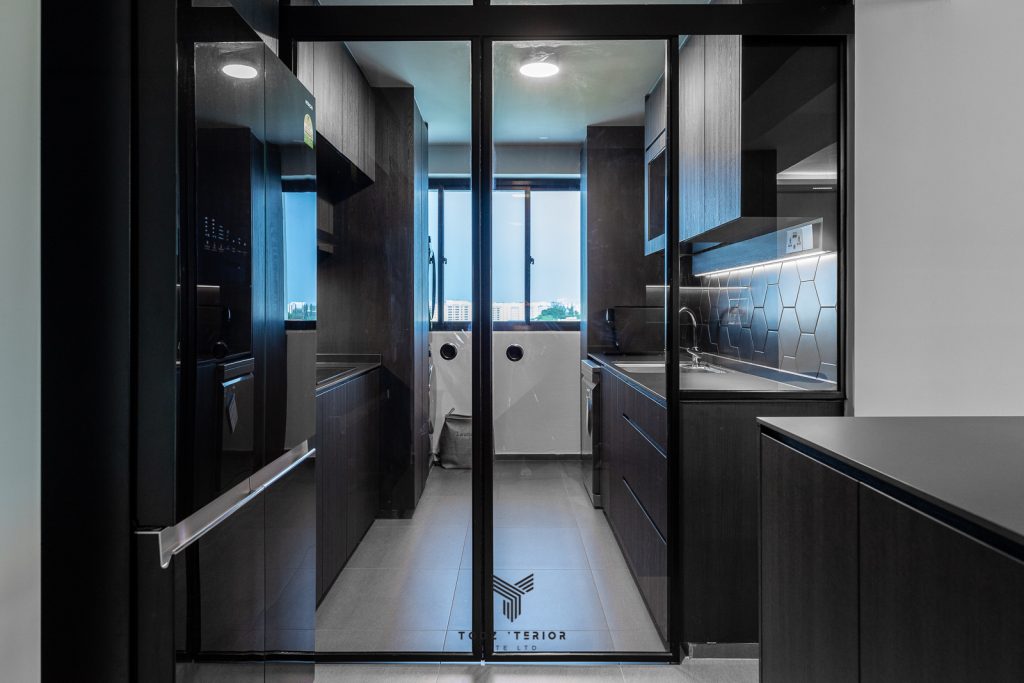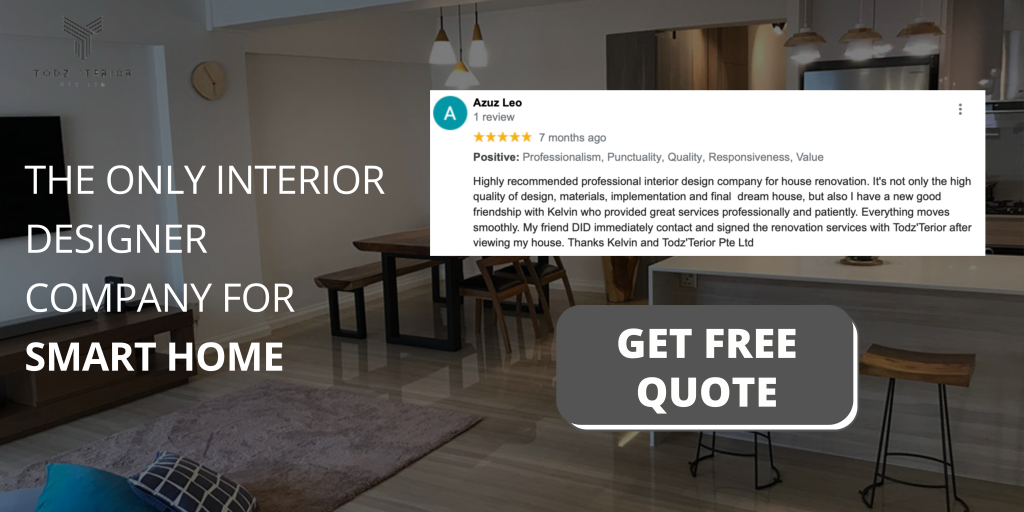If you’re looking to redesign your home with the newest technology, you might find yourself in a dilemma: you want to keep the feel of your old home, but you also want to get rid of those ugly trends that your friends think look cool. Before you know it, you’ll find yourself paying a hefty price for your new home, and all because you thought that the home you’d bought was ‘updated.’ If you’re looking for a new sofa or you want to update your kitchen, then the latest technology in interior design will inspire you. So here are the best technology trends for home interior design:
In This Article
Toggle
What technology is used in interior design?
Interior design is the practice of creating functional and aesthetically pleasing interior environments. It can be applied to both residential and commercial settings, and the architect must take into account both the needs of the structure and the occupants.
From the use of computer-aided design (CAD) software to 3D rendering and virtual reality (VR) technologies, technology plays a significant part in interior design. These tools help designers create accurate plans and visualize how the finished space will look. Different technologies are used in interior design to create different effects. For example, mood lighting can be used to create a calming atmosphere, while accent lighting can be used to highlight certain features.
With so much technology available, it can be overwhelming to know where to start. But with a little exploration, you will be able to find the right tools for your next interior design project.
What kind of technology and related skills are involved in interior design?
Interior design is a complex subject that calls for a variety of skills and technologies. To succeed, interior designers must possess a range of skills. These include computer-aided design (CAD) software, rendering, and 3D modeling. They must also be knowledgeable about building codes, materials, and construction methods. Additionally, interior designers must be able to clearly communicate their ideas to clients and other stakeholders.
While it is not required, many interior designers also have a degree in interior design or a related field. This can give them a strong foundation in the principles and practices of design, which can be helpful when working on projects.

How technology is changing the future of interior design?
Future interior design is changing swiftly due to technological developments. In the past, interior designers had to rely on physical models and paper designs to communicate with clients. However, designers can now create very convincing virtual representations of their designs thanks to 3D rendering software. This helps clients understand their surroundings better and get a better concept of how the project will turn out.
Additionally, new technologies are emerging that will enable designers to create even more immersive and realistic virtual environments. VR and AR are already being used in a variety of industries, and it is only a matter of time before they become commonplace in interior design. With these new tools, designers will be able to create truly unique and unforgettable experiences for their clients.
What is one example of the changes that technology has brought to interior design?
The capacity to build smart home interior design is one of the largest changes technology has brought to interior design. Technology is employed in “smart home interior design” to automate numerous duties and simplify life for the homeowner. For instance, you can now get thermostats that can change the temperature based on your schedule or refrigerators that will automatically order goods when you run low. Technology of this kind is becoming more and more prevalent in houses, and it is altering how we view interior design.
Design Tools
Digital drawings have taken the place of physical sketching, which was a laborious and time-consuming process. Even in the early stages of the design process, designers are now able to communicate their ideas more quickly and precisely. With digital design, both designers and clients can work in three dimensions, see the consequences of their ideas more quickly, and see places in new ways. One such device that enables the client to see the end project before the ground is even broken is Lumion, a real-time 3-D visualization tool for architects, urban planners, and designers.
Digital drawings have taken the place of physical sketching, which was a laborious and time-consuming process. Even in the early stages of the design process, designers are now able to communicate their ideas more quickly and precisely. With digital design, both designers and clients can work in three dimensions, see the consequences of their ideas more quickly, and see places in new ways. One such device that enables the client to see the end project before the ground is even broken is Lumion, a real-time 3-D visualization tool for architects, urban planners, and designers.

Instant Contact
Older generations and millenials (those born roughly between 1980 and 2000) have adapted to live in a world full with tweets, texts, and emails; all of which involve an instant interchange of information. We can now develop a project halfway around the world with little lag because of the world in which we live and work where information flows at the speed of light. This significantly reduces stress associated with the design process, especially in our region where the majority of buildings are seasonal homes.
LED Lighting
Another example is in the area of lighting. Historically, natural light was the primary source of illumination for homes and other buildings. However, with the advent of electric lighting, interior designers have been able to experiment with a wide range of light sources, including incandescent bulbs, fluorescent tubes, and LED lights. This has allowed them to create a variety of unique and visually stunning lighting designs.
Fabrics of the Future
Who would have guessed that fabric could participate in a world where everything is advancing and becoming tech savvy? Judit Eszter Karpati believed it was feasible, so for her master’s thesis, she collaborated with the London-based company CuteCircuit to develop the Chromosonic product range. This fabric line responds to sound and touch. Yet how? These textiles were colored using thermochromic ink, which alters color as temperature changes. The designer interwoven nichrome wires into the fabric so that it would respond to noise. The energy from the sound causes the wires to heat, which alters the temperature of the ink and changes the color.

TodzTerior
We’re here to help you get started Smart Home solutions
Todzterior in 7 Gambas Cres, #01-03 ARK@Gambas, Singapore 757087 is the only company whose mission is to make homes “Smart”. In other words, our Smart Home solutions are built to help make your life easier. The possibilities for the future of the smart home are endless. You’ve come to the right place. We’re here to help you get started Smart Home solutions, and ensure you with smart quality as well as reliability.
